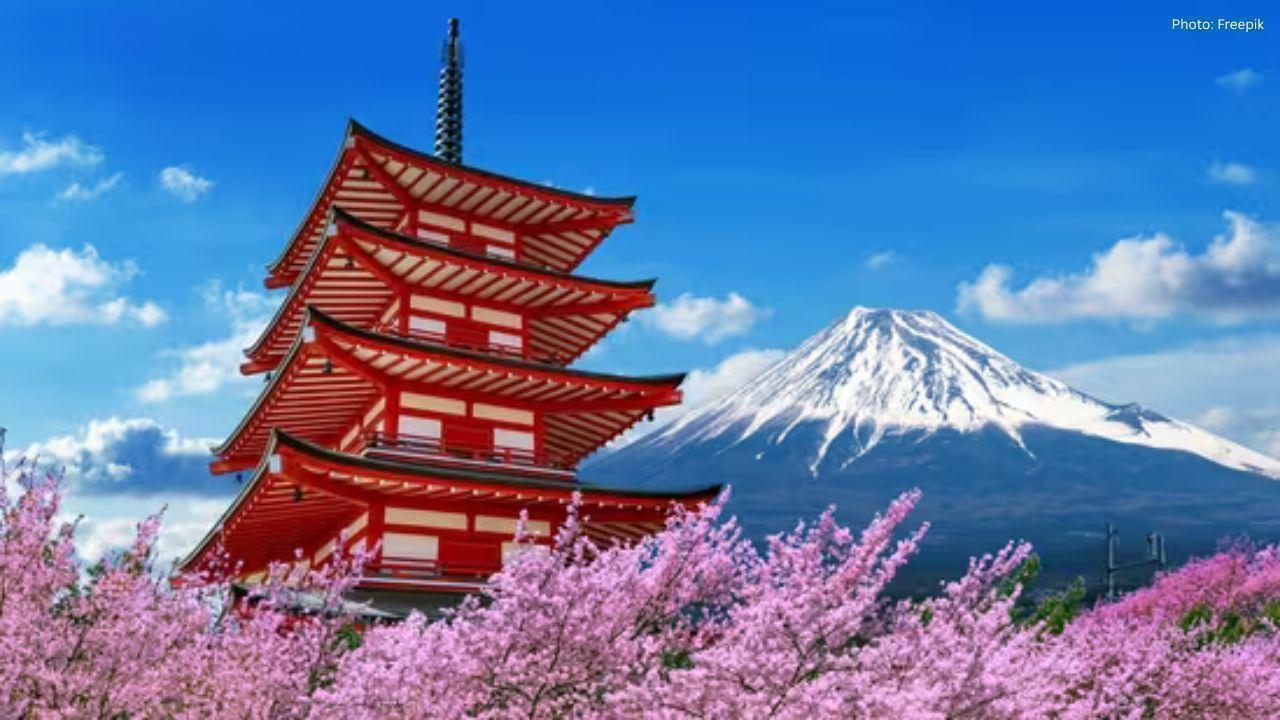You have not yet added any article to your bookmarks!

Join 10k+ people to get notified about new posts, news and tips.
Do not worry we don't spam!

Post by : Saif Rahman
Minimalism once set the standard for contemporary homes: white walls, sparse furniture and open plans that signalled quiet and order. Over time, many homeowners began to miss warmth and personality in such schemes. A subtler approach—known as layering or material drenching—keeps the restrained look but introduces tactile depth and a more lived-in feeling.
The idea gained traction as architects and residents shifted attention from purely visual clarity to the experience of a room. The method is straightforward: select a dominant material—wood, stone or plaster—and repeat it across surfaces in varied textures and finishes. The result feels cohesive yet rich.
Rashi Bothra of Azure Interiors describes the aim as comfort and coherence. “Wrapping a space in one principal material helps it feel anchored and calm,” she says. “It removes visual clutter and creates a nurturing environment.”
That is why layering is emerging as a contemporary take on minimalism. It does not mean stripping interiors bare; rather, it favours restraint while allowing warmth to enter through material choices and detailing.
When executed well, material drenching achieves an elegant, timeless atmosphere. For instance, a timber-led interior can combine a smooth ceiling, matte-clad walls and polished furniture—all the same material in different treatments—to build subtle depth without loud colours or patterns.
Ruchi Gehani, also from Azure Interiors, emphasises the importance of variation. “We work with multiple finishes of the same material,” she notes. “Wood might appear satin, carved or slightly textured; plaster can range from a flat wall to a faintly glossy surface. Those contrasts matter.”
A key attraction of this trend is the use of natural materials that invite touch. Textures such as wood grain, stone veining or clay’s surface connect interiors to the natural world and introduce a calming sensibility. These materials also age gracefully, carrying traces of time.
Beyond aesthetics, layering can support sustainability. Saba Kapoor from Nivasa highlights how focusing on a single material encourages careful sourcing. “We frequently choose reclaimed or local materials,” she explains. “That reduces environmental impact and gives a home a rooted history.”
Material drenching thus sits between modern and traditional practices: it honours simplicity but in a more emotive register. Homes become less about visual minimalism and more about creating peaceful, personalised retreats.
Designers advise trying the approach incrementally rather than overhauling an entire house. Begin with a compact zone—a reading corner or a small bathroom—and apply a single material across its surfaces to test the effect.
Here are a few practical recommendations from professionals:
Start with a modest area such as a study or powder room.
Pick one primary material—stone or timber—and experiment with matte and polished treatments.
Use lighting to bring surfaces to life so the mood shifts through the day.
Keep accessories minimal and allow the material’s texture to be the focal point.
Lighting is central to layered design. Warm, soft illumination accentuates wood grain or the smoothness of marble, while daylight animates textures. At night, well-positioned lamps and spotlights help create a tranquil ambience.
Homeowners who have adopted material drenching report a changed atmosphere: a shift from clinical simplicity to a calm sanctuary. The approach balances order with comfort—something valued in hectic modern lifestyles.
It also conveys understated luxury: you need not rely on elaborate furnishings. Thoughtful repetition of a quality material can make a space feel refined and considered.
This evolution reflects a broader shift in how people use their homes. After busy, digitally intense lives, many seek interiors that encourage slowing down and reconnecting. Layering answers that need by making spaces tactile, warm and inviting.
As Rashi Bothra puts it, “Homes should soothe rather than overwhelm.” Layering delivers that effect through restrained detailing and material richness.
Material drenching is more than a trend: it is a design philosophy that values connection, longevity and quiet beauty. Whether through timber, stone or soft textiles, layering allows every room to tell a more intimate story.
Next time you plan a refresh, remember that luxury can mean deeper feeling rather than adding more items—and that thoughtful use of a single material can make even a simple space feel alive.










Thailand Defence Minister Joins Talks to End Deadly Border Clash
Thailand’s defence chief will join talks with Cambodia as border clashes stretch into a third week,

India Raises Alarm Over Fresh Attacks on Hindus in Bangladesh
India has condemned recent killings of Hindu men in Bangladesh, calling repeated attacks on minoriti

Sidharth Malhotra & Kiara Advani Celebrate Baby Saraayah’s 1st Christmas
Sidharth and Kiara share adorable moments of baby Saraayah’s first Christmas with festive décor and

South Korea Seeks 10-Year Jail Term for Former President Yoon Suk Yeol
South Korea’s special prosecutor demands 10 years for ex-President Yoon Suk Yeol on charges includin

Salman Khan’s Exclusive 60th Birthday Bash at Panvel Farmhouse
Salman Khan to celebrate his 60th birthday privately at Panvel farmhouse with family, friends, and a

Dhurandhar Breaks Records with Rs 1006 Cr, Becomes Bollywood’s Biggest Hit
Dhurandhar rakes in over Rs 1006 crore worldwide in 21 days, becoming Bollywood’s highest-grossing f